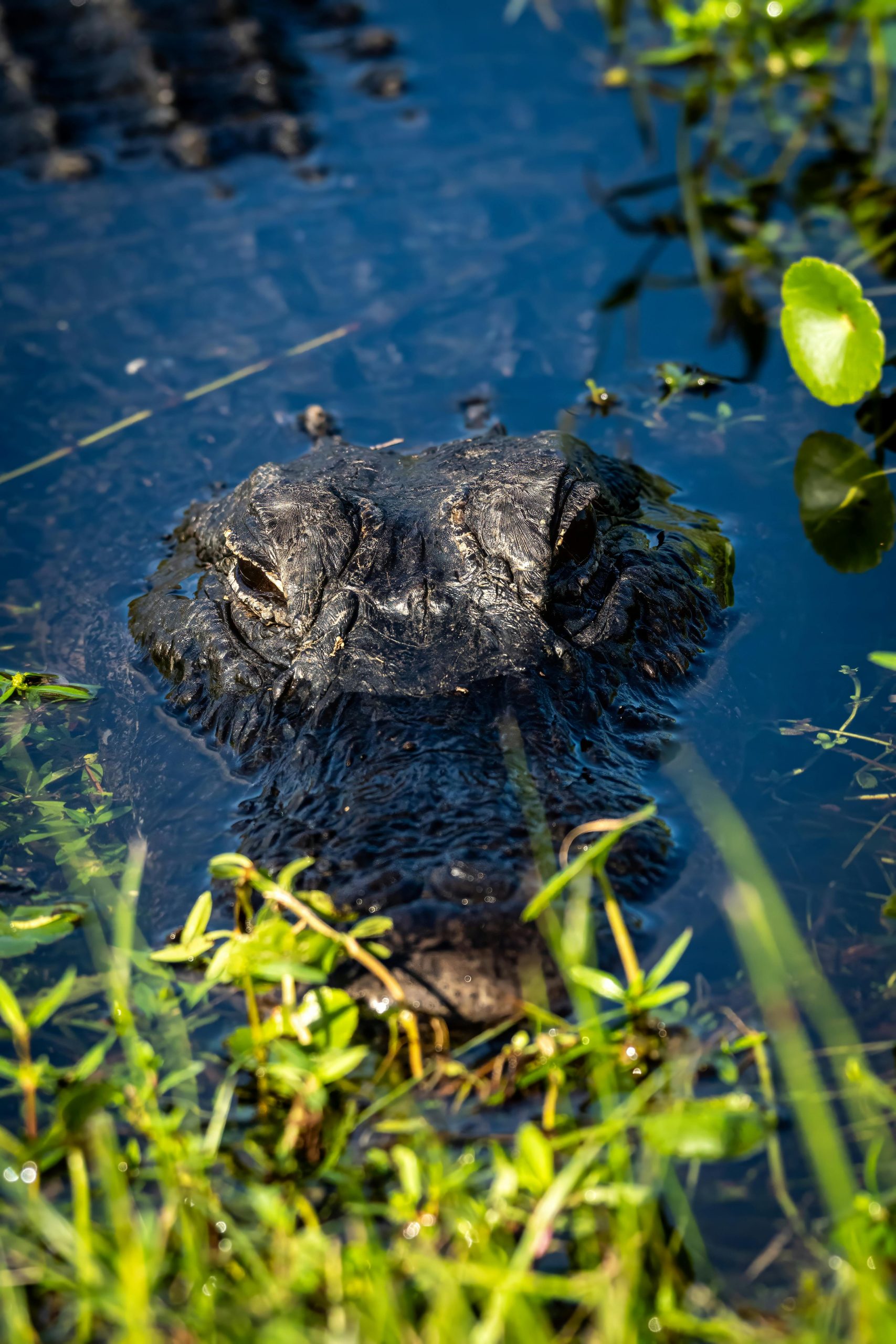Title: Monitoring National Parks: Seeking Insights
Hello everyone! I’m currently researching for a potential book and would appreciate your insights. I’m curious about the monitoring practices in national parks. Is there a specific routine or system in place to oversee these areas? Are the parks patrolled comprehensively, or do the efforts focus primarily on certain high-traffic spots, like public trails, while the rest of the park is less frequently monitored? Any information you could share would be greatly appreciated! Thank you!




Great question! Monitoring national parks is a multifaceted process that involves a variety of strategies and tools to ensure the protection of the park’s resources and the safety of visitors. Here’s a general overview of how this is typically approached:
Park Rangers and Patrols: National parks are often staffed by park rangers who patrol the area. While rangers do focus on high-traffic areas like visitor centers, campgrounds, and trails, they also conduct regular patrols in more remote areas. The frequency and intensity of these patrols can vary depending on the size of the park, its visitor numbers, and specific needs based on conservation goals.
Surveillance and Technology: Many parks are adopting technology such as drones and remote cameras to monitor wildlife, track visitor movements, and survey sensitive habitats. These tools can cover vast areas and help rangers focus their efforts where they are most needed.
Citizen Science and Volunteers: National parks often involve the community through volunteer programs and citizen science initiatives. This can include training volunteers to help monitor specific flora and fauna, track changes in the environment, and report issues they encounter during their visits.
Data Collection and Research: Many parks engage in scientific research to monitor ecosystem health, wildlife populations, and other critical environmental data. This data informs management practices and helps assess the park’s condition over time.
Visitor Reporting: Park visitors also play a role in monitoring by reporting any issues they encounter, such as wildlife sightings, trail conditions, or violations. This crowd-sourced information is valuable for park management.
Regular Assessments and Management Plans: National parks typically operate under specific management plans that include regular assessments of the park’s health and resources. These assessments help identify areas that require more intensive monitoring or intervention.
Collaboration with Other Agencies: National parks often collaborate with other governmental and environmental agencies to share resources and data, enhancing their monitoring capabilities.
While not every inch of a national park can be monitored at all times, these methods help ensure a thorough oversight system tailored to the unique characteristics and challenges of each park. Your book could delve into the intricacies of these monitoring strategies and the balance between preservation and visitor access!